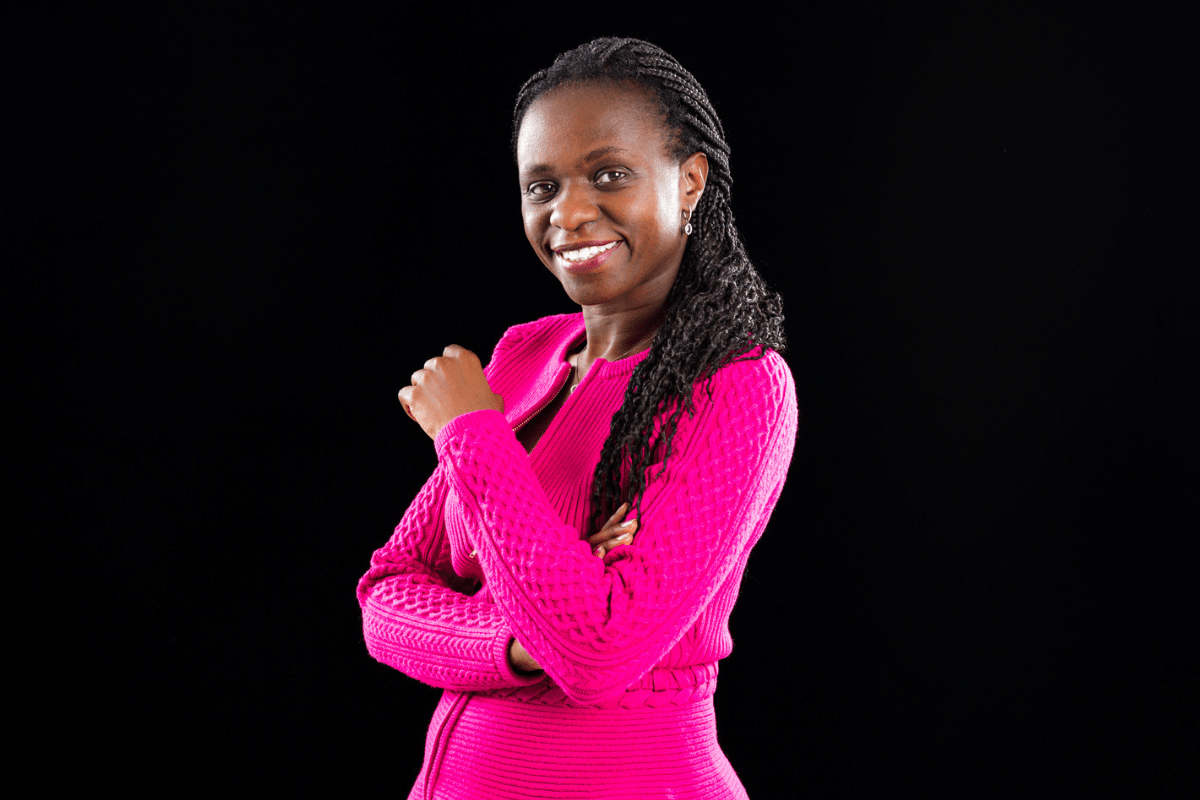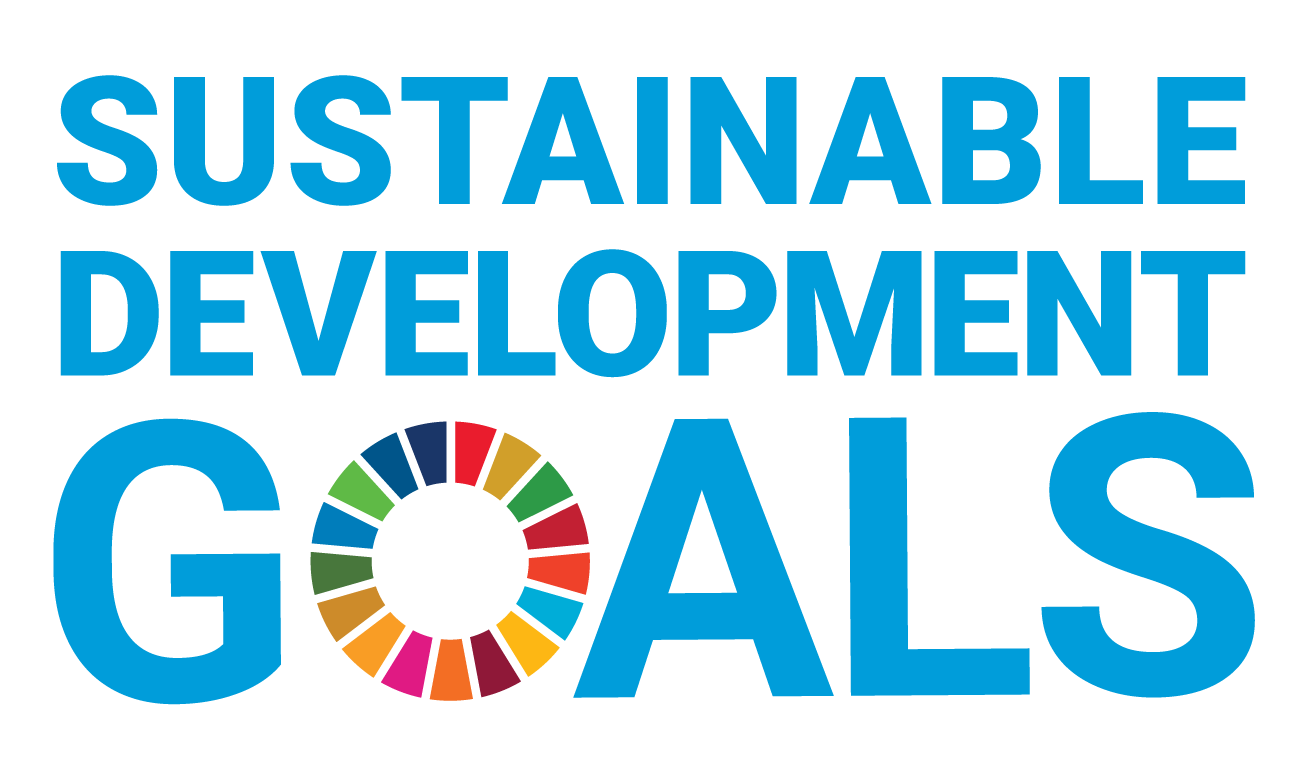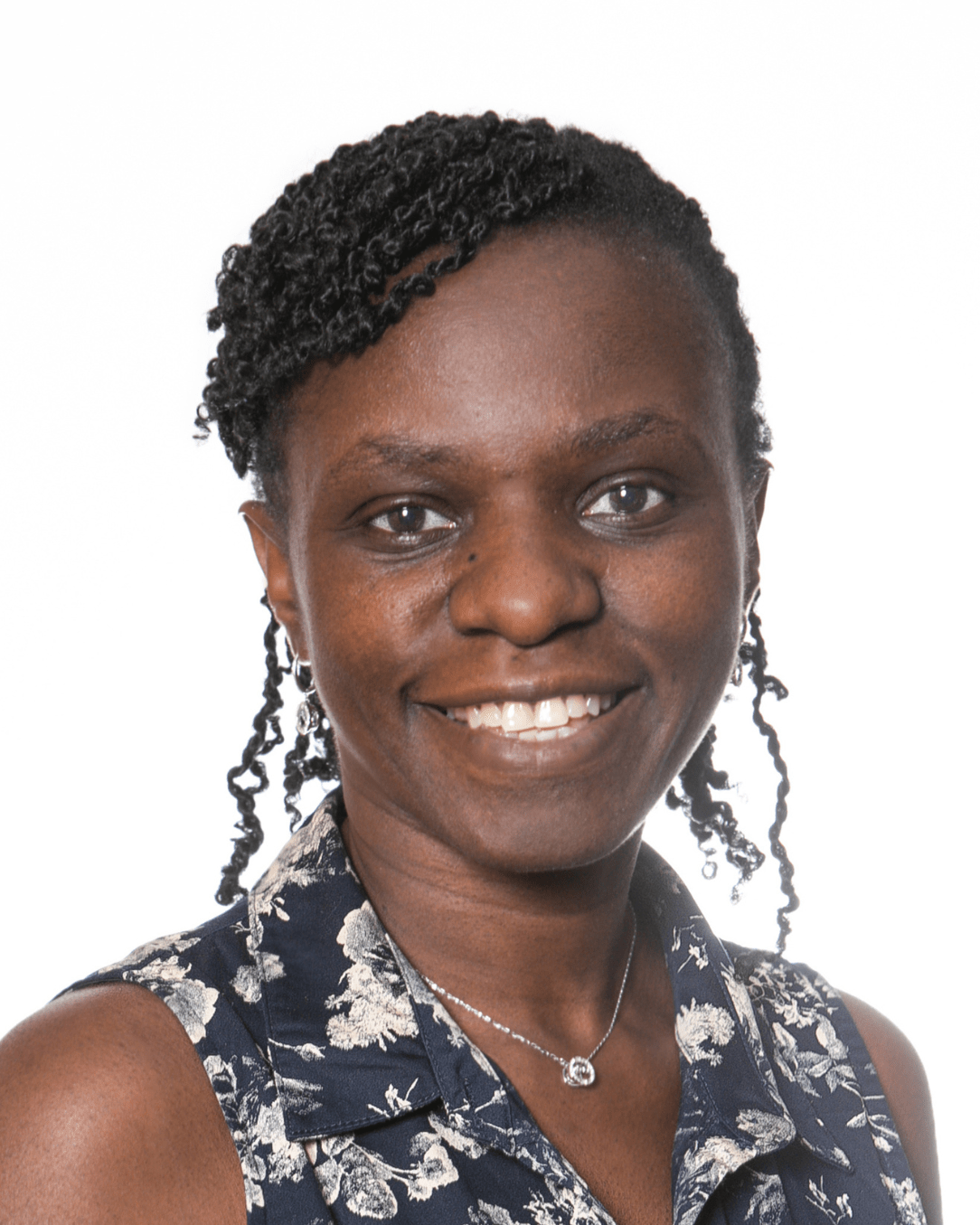You can search for courses, events, people, and anything else.
According to Dr Teddy Nagaddya there is a common negative stereotype that migrants to Australia take more than they give to their new communities. She argues that it’s long past time to "unpack migrants' talents and see what their skills and experiences can bring to their new communities and to Australia as a whole."
Nagaddya, a lecturer in social work & communities at Western Sydney University, is completing a three-year research project that aims to bridge the cultural and employment gap between young women migrants to Australia and local small businesses who need workers.
A 2021 Labour Force Australia survey found that the unemployment rate for recent migrants was 7.2% compared to 4.8% for people born in Australia, with even starker unemployment figures for migrants who didn’t speak English as their first language. Women migrants had a 6.7% overall unemployment rate, compared with 6.0% for men.
A MEETING OF MINDS
"We see several intersecting modes of disadvantage impacting these women," Nagaddya says. "This is a social justice issue because meaningful employment is a key indicator of successful migrant integration into Australian society."
A project by Nagaddya on 'Place-based employment and enterprise of newly arrived young migrant women', has received funding from the Australian Research Council’s highly competitive Linkage Program. Nagaddya, along with her Western co-investigators Dr Ee Ling Quah and Associate Professor Nida Denson, has chosen to focus on the Liverpool and Fairfield local government areas (LGAs) in Sydney’s southwest.
What these two culturally vibrant but economically challenged LGAs have in common is that only about one-third of their residents were born in Australia. In Liverpool, migrants from Lebanon, India and Fiji are the most prevalent. In Fairfield, migrants have most commonly come from Iraq, Vietnam and Syria.
Nagaddya’s project begins with an assessment of local employers’ needs. "We want to understand whether employers have structures or cultural pathways to help migrants to access meaningful employment," she says. "Or do they erect barriers that keep migrants out of the workplace?"
The next phase will be to interview young migrant women who have settled in Liverpool and Fairfield. "We must explore migrant women’s intersecting vulnerabilities, instead of just asking why they aren’t accessing employment," Nagaddya says. "Regardless of language barriers and other obstacles, migrants have a lot to offer their local communities. We’ll develop interventions to build employment opportunities appropriate to each place."
Need to know
- Western’s Teddy Nagaddya is assessing the needs of local employers and newly arrived young migrant women in two economically depressed LGAs in Sydney.
- She hopes to address commonalities between employers and migrant women to boost local economies.
Migrants have a lot to offer their local communities.
BRINGING EMPATHY
As a migrant from Uganda herself, Nagaddya is sensitive to the complicated social dynamics each newcomer experiences. "I came to Australia as a PhD student, with a smooth and defined pathway, unlike typical migrants who may literally have no idea where they’re going to live or what they’ll do for employment," she says.
Professor Brian Stout, Dean of the School of Social Sciences, says Nagaddya’s empathy contributes to the high impact nature of her work. "Teddy’s research supports policy solutions to improve the lives of migrants and those around them," he says. "Teddy and her research partners are building important links between grassroots community groups, funders and policy makers."
Looking ahead, Nagaddya sees opportunities to apply her research team’s findings elsewhere by adapting them as needed. "As we gain an understanding of what works in Liverpool and Fairfield, we hope to replicate what we’ve done here," she says. "Our place-based approach to employment is another way of encouraging targeted investments that can create opportunities for entire communities while acknowledging migrants’ contribution to their local economies."
Meet the Academic | Dr Teddy Nagaddya
Teddy Nagaddya is an early career researcher and lecturer in Social Work, and the International Student Liaison Advisor at the School of Social Sciences. She is currently a co-Investigator on the Australian Research Council (ARC) Linkage funded project titled 'Place-based employment and enterprise of newly arrived young migrant women' (2023-2026).
She holds a PhD in Social Sciences from Western Sydney University, a MSc in Gerontology from the University of Southampton (UK), and a BSc in Public Health from the International Health Sciences University (Uganda).
Her research falls within four interconnected thematic areas: Migration, Place-identity, Ageing, and Intergenerational relations. She is particularly interested in research questions that explore 'change over time' and 'precarity' (as a condition, category, and experience) within her core research themes.
She is also leading a project on partnerships for transformative social work practice with older people in NSW. The project is aimed at developing industry partnerships within the gerontological space that promote practice solutions for the aged care workforce in NSW.
Dr Nagaddya’s work has featured in media articles and scientific journals. Her current overall impact is demonstrated by 81 citations according to Google Scholar. Her work has also contributed to a submission to the Law Reform Commission that focused on articulating the complexities associated with 'elder abuse' as experienced and interpreted across the diverse populations of Australia. Additionally, her research has contributed to the on-going development of a micro-credential on ageing.
Credit
Future-Makers is published for Western Sydney University by Nature Research Custom Media, part of Springer Nature.
© eyesfoto/E+/Getty
© Snapix Studio





